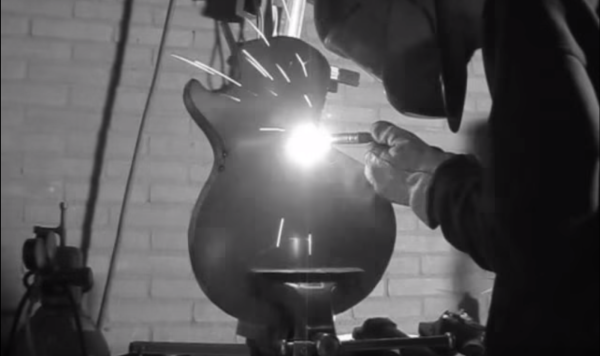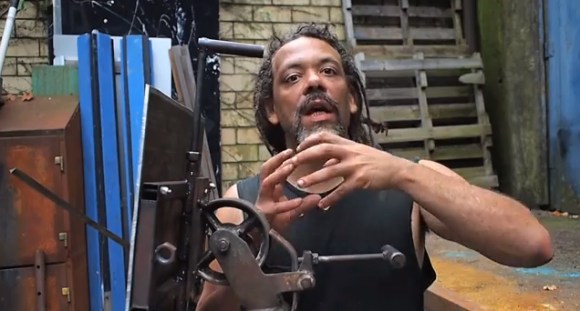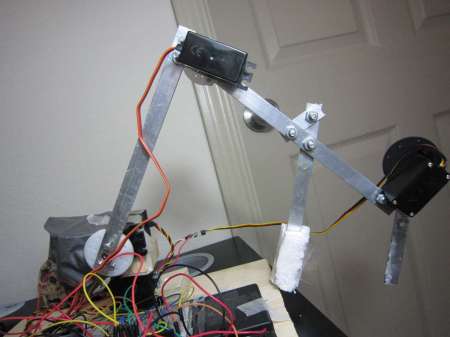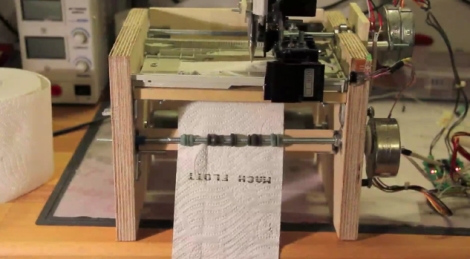Sheet metal. Beer cans. Pieces of chain. Not items you’ll typically find on the BOM for a custom guitar. But nobody told [Maarten van Halderen] that, and so he threw them all together into a gitaar van schroot, or scrap guitar for the Dutch impaired (YouTube link).
The video shows the build process, starting with plasma cutting and welding sheet steel for the body. The neck is fabricated from rectangular steel tube, with nails serving as frets. Overall it looks like a Les Paul, except for the sink strainer basket mounted in the sound hole and the crushed beer and soda cans tacked to the body for decoration. The chains are a nice touch too. And this doesn’t appear to be [Maarten]’s first attempt at scrapyard lutherie – toward the end of the video we see that the beer can axe joins a very steam-punk looking older brother. They’re both good-looking builds, and the video after the break proves they can sound pretty good too.
For a more classical take on the building of string instruments, check out this post on mandolins and violas. Or maybe you can just 3D print your next guitar?
Continue reading “Gitaar Van Schroot – The Scrap Metal Guitar”


















